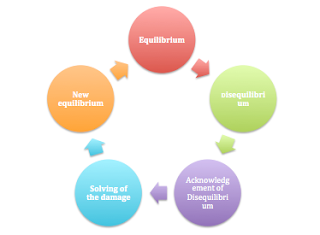Uses and Gratification
Uses and gratification theory looks at why and how people seek out specific media/texts to satisfy specific needs. Uses and gratification is an audience-centered approach to understand what the audience wants in a certain piece of media and how to communicate with them through that piece. As for horror, we must look at what the audience want in horror films and why they watch it. This does connect with my " Why do people watch horror films " post seeing as we do look at the reasons behind it. Dr. Goldstein: Goldstein suggests that people watch horror films because they want to be frightened, because otherwise they wouldn't keep going to them. People choose to watch these films because they want it to affect them, and in order to feel satisfied at the end there must be a resolution. Audiences can control how much or how little something will affect them, therefore some people may not be affected at all. Dr. Walters: There are many factors that make people want t...
